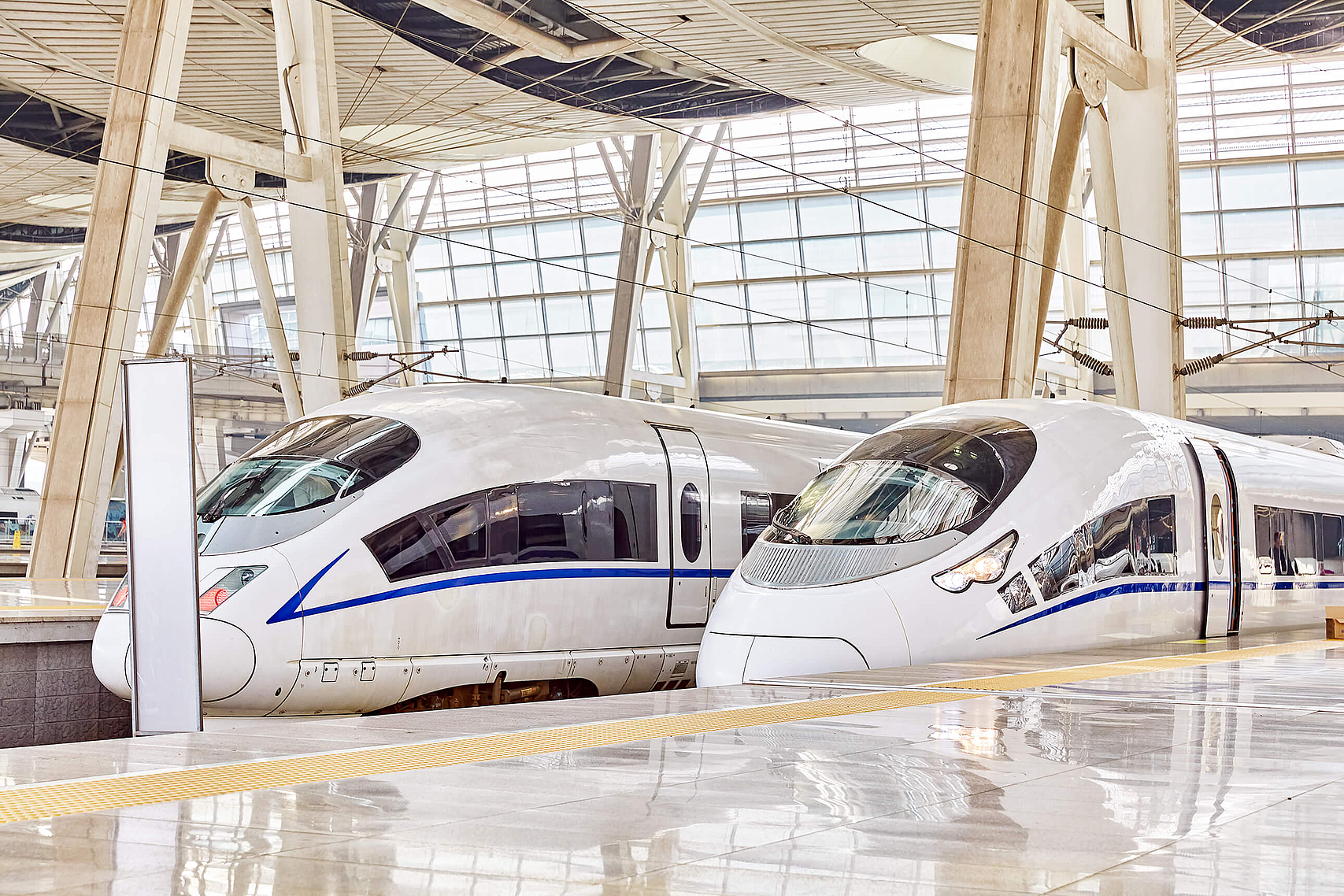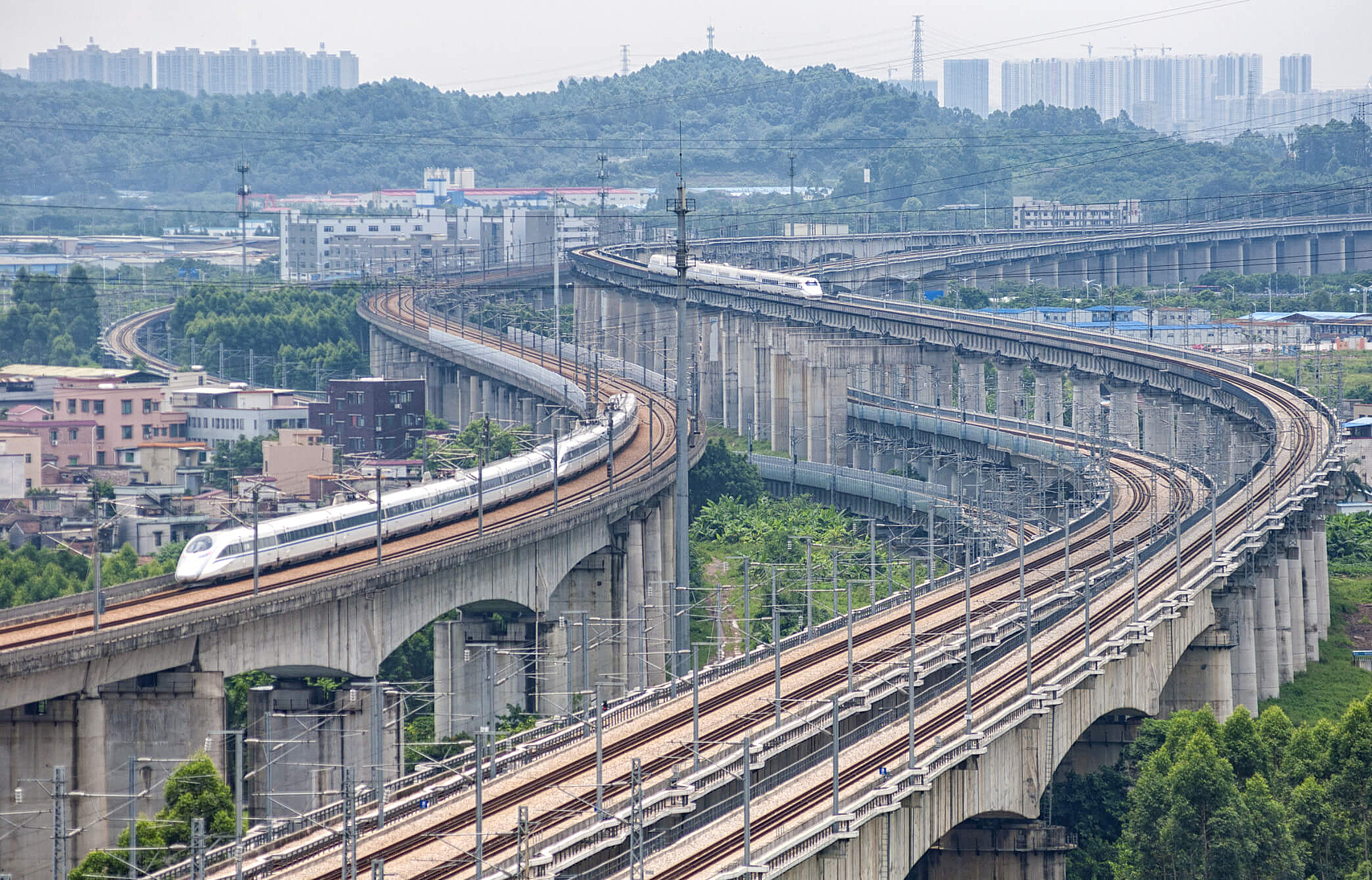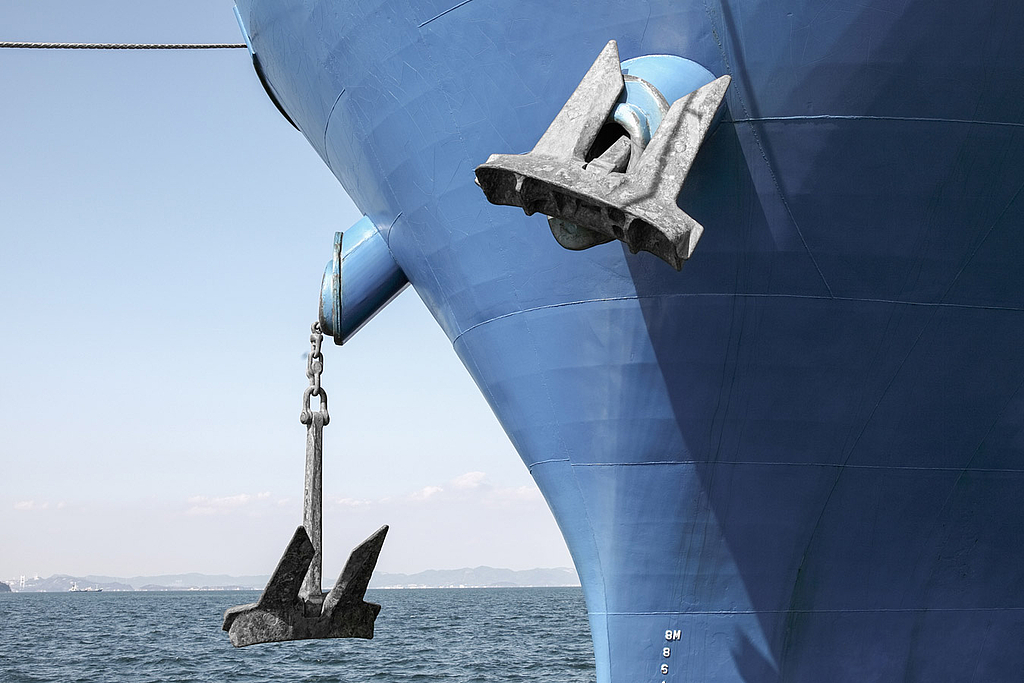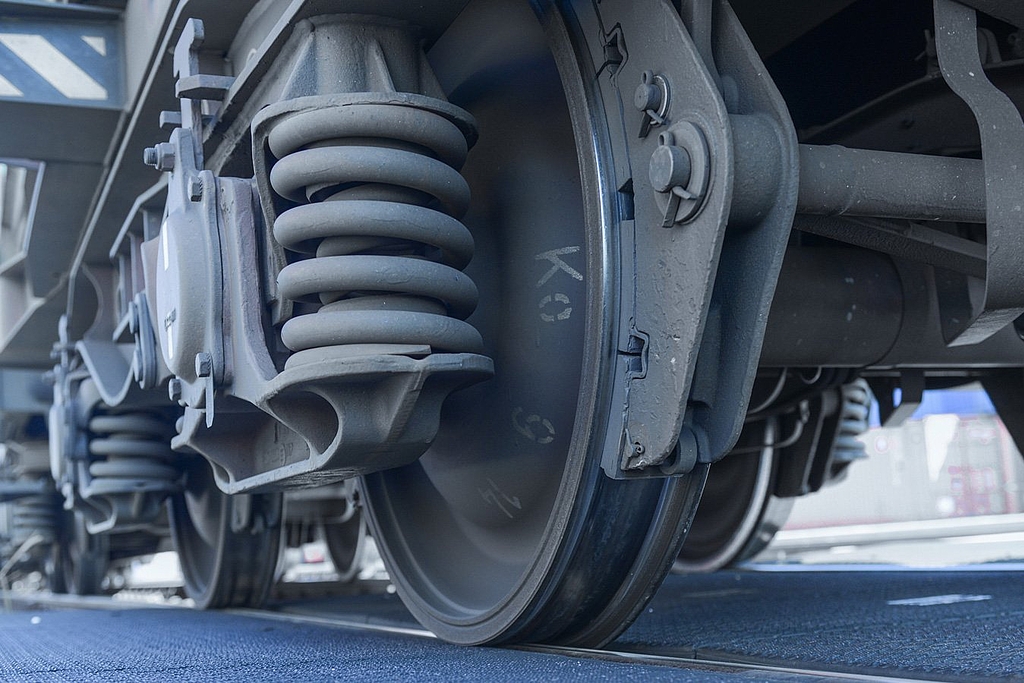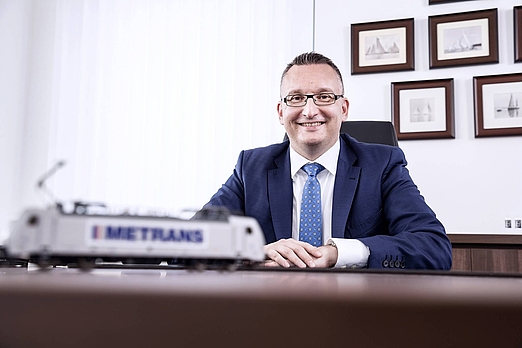The Middle Kingdom is exporting its high-speed trains
China’s Railways for Southeast Asia
- Insights
Everyone is currently talking about China’s ambitious Silk Road initiative. Whether it’s by sea or land transport – trade is set to flourish on multiple traffic routes between Europe and the Middle Kingdom. Between the construction of new ports in the Indian Ocean and new railways in Central Asia, there is one sub-plot that seems to have receded into the background: the construction of railways on high-speed lines in Southeast Asia.
